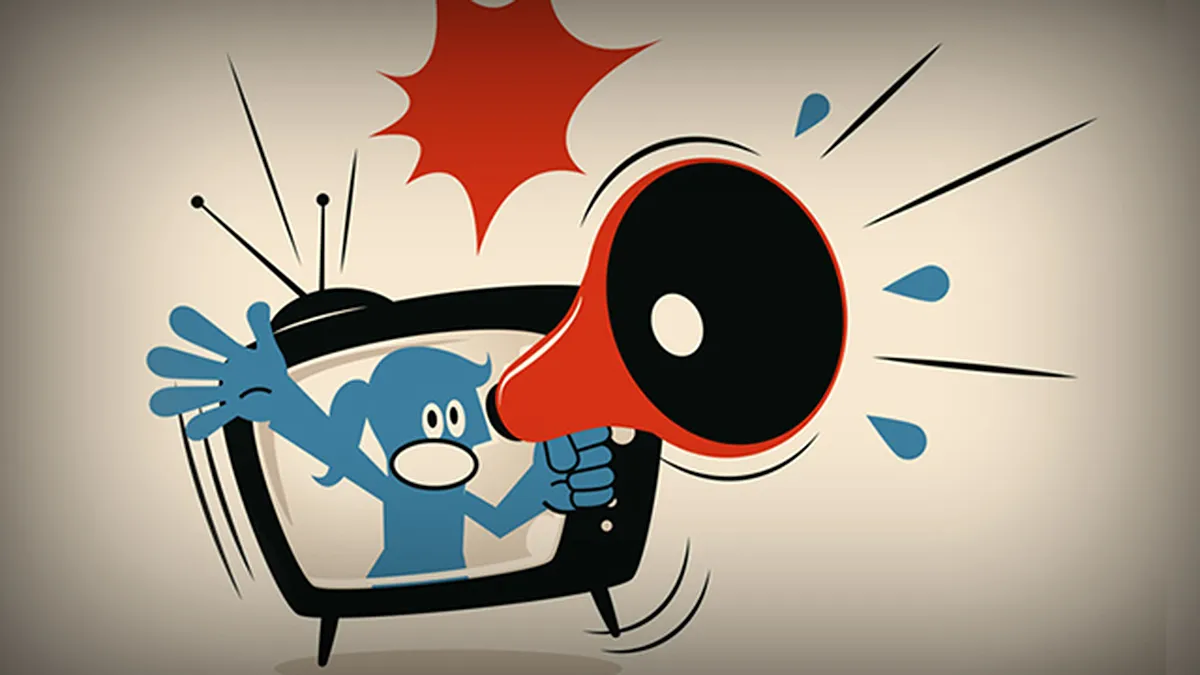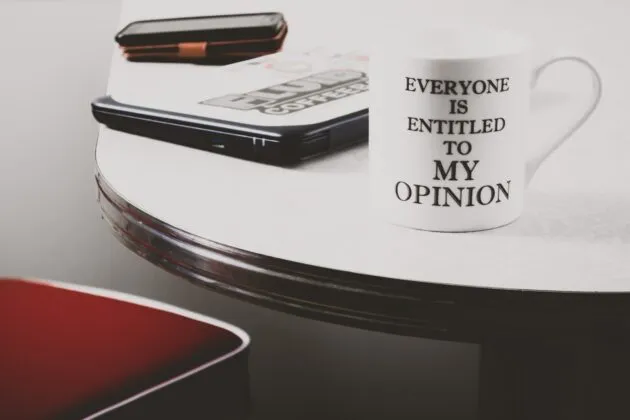Table of Contents
For two years, we’ve been constantly brow-beaten with ominous warnings about “overloaded hospitals, cuz covid”. Almost invariably, such stories were either lies — in the US, especially, where data shows the hospital system coped just fine — or business-as-usual in poorly-run public hospital systems in countries like Italy.
In Australia, too, state governments are trying to use covid as an excuse for their own years of failure. West Australia, flush with Chinese cash and covid-free, nonetheless has had its hospital system teetering on the edge of meltdown for months. This isn’t a covid problem, it’s a governmental failure.
In Victoria and Queensland, too, hospitals are buckling under the strain of, not covid, but government. 11 extra patients in ICU ought not to send a properly-managed system to the brink of collapse.
But governments, and the media, too, are over-burdening the hospital system in other ways. Having created a ludicrously exaggerated terror of covid, public health bureaucrats find themselves having to deal with a wave of people who aren’t very sick, panicking and rushing to hospital at the first sniffle.
Patients who don’t need urgent medical care for COVID-19 are tying up the health system, with some seeking emergency help for non-life threatening symptoms or calling triple-0 for general health advice.
But some experts say the public isn’t to blame, and that health communications need to emphasise how to manage mild symptoms at home.
The message that covid is, in most cases, a mild illness, easily managed at home, is the very truth many of us have been damned as “deniers” for saying, for the past two years. The government, bureaucrats and media have instead been spewing a 24/7 diet of fear-porn.
And now they’re having to deal with the consequences.
Dr Waldman works in the emergency department at the Alfred Hospital in Melbourne.
She told 7.30 she had dealt with patients who turn up with mild symptoms that would be better treated at home.
“The patients with the dry cough, sore throat, the tiredness — they don’t need to come to the emergency department,” she said. “It does take up a lot of our precious resources.”
She said these patients were aged between 20 and 40.
“I think it is just a fear and a lack of understanding in the community and the public through no fault of their own. These patients are thinking, ‘Maybe I’m going to be the next young person that dies.'”
Because that’s what they’ve been constantly told, for two years.
Sanjaya Senanayake, an infectious diseases expert at ANU, told 7.30 earlier this month that most people with Omicron who are young and healthy “will have a mild illness that they can deal with at home”.
I can’t wait for Facebook to “fact-check” that one.
Sydney paramedic and Health Services Union delegate, Kieran Egan, told 7.30 that ambulances were rushing to callers only to find they do not need urgent assistance.
“We’re going from job to job, lights and sirens, and typically finding people who are experiencing mild symptoms,” he said.
In some cases, he believed the caller simply wanted to request a COVID test.
“It’s very frustrating,” he said. “To be called to someone saying that they’re having difficulty breathing only to find out that what they wanted was a PCR test and it’s at 2am, then that’s something that’s putting a massive burden on an overused resource like ambulance.”
ABC Australia
Well, it’s a rod they’ve created for their own backs.
But don’t hold your breath waiting for governments and “experts” to admit that their outlandish propaganda has blown back on them — let alone give up any time soon.









